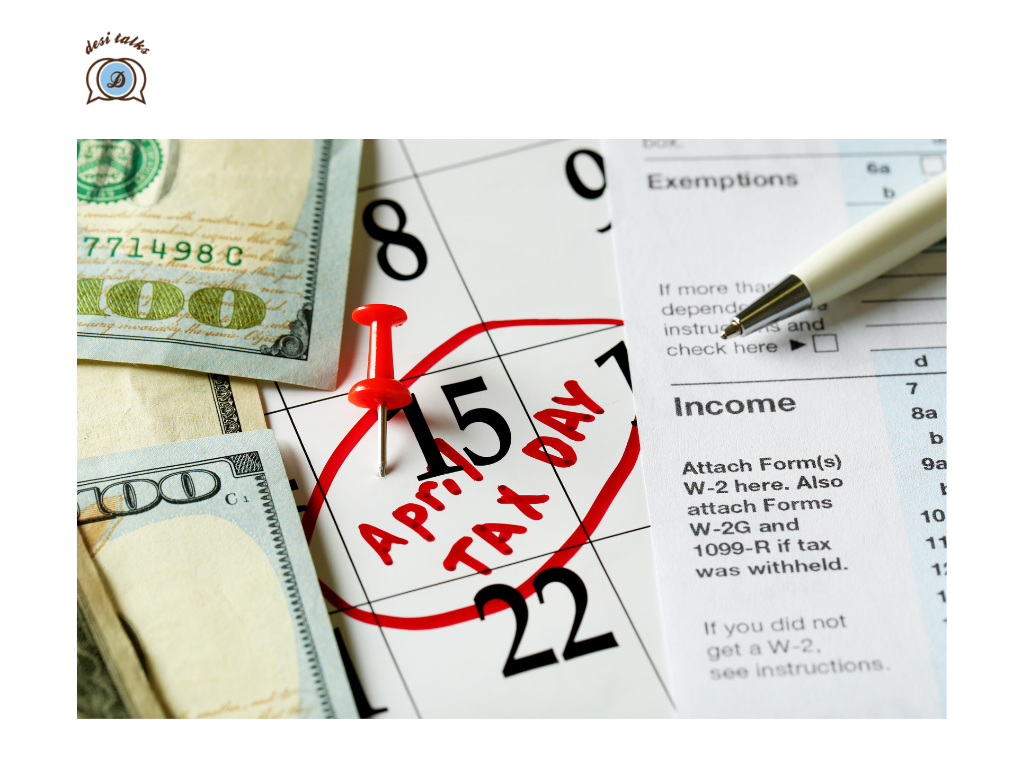The tax filing period for the financial year 2024-25 (Assessment Year 2025-26) has begun, and many people are looking to file their income tax returns sooner rather than later. A common question arises: if you file your return in April, how long will it typically take to get your tax refund? This information will be explained in the following points. Just as a reminder, a tax refund happens when the Income Tax Department determines that you’ve paid more tax during the year than you actually owed.

ITR Filing Forms: Awaiting Official Notification
As the financial year kicks off, taxpayers are keen to know when they can start filing their Income Tax Return (ITR) for AY 2025-26. But hold tight — the Income Tax Department needs to officially notify the ITR forms before filing can begin.
Expected Timeline for ITR Forms
Last year, the Income Tax Department released seven different ITR (Income Tax Return) forms in April. Following this pattern, there’s a strong possibility that we will see a similar release schedule this year as well. Taxpayers can anticipate the availability of these forms at any point during the current month.

Faster Refunds for Early April Filers
If you manage to file your Income Tax Return (ITR) in April itself, there’s a good chance you could receive your tax refund within the same month. This is especially likely if all your information is accurate and you complete the e-verification process promptly.
E-Verification is Key to Refund Processing
Filing your return is just the initial step. The actual process of your tax refund begins only after you complete the e-verification of your submitted return. Typically, once you’ve e-verified, it takes approximately 4 to 5 weeks for the refund amount to be credited to your bank account.

Ensure Bank Account Pre-Validation for Smooth Refunds
To receive your tax refund without any issues, it’s crucial to pre-validate your bank account on the official e-filing portal. Additionally, the name as per your bank records must exactly match the details on your PAN (Permanent Account Number). Taking a moment to double-check this information can help prevent any delays or complications in receiving your refund.
ITR Filing Without Form 16: Key Documents Needed
Salaried individuals don’t necessarily need Form 16 to file their income tax returns. You can still complete the process by using other important financial records such as your salary slips, Form 26AS, the Annual Information Statement (AIS), and the Tax Information Statement (TIS). It’s worth noting that Form 16 is a certificate that employers issue to their salaried employees, as mandated under section 203 of the Income Tax Act, 1961.
Online ITR Filing: Utility Activation Timeline
The process of filing your Income Tax Return (ITR) online can only begin once the necessary online utilities, such as ITR-1 and ITR-2, are activated on the Income Tax Department’s portal. Typically, these utilities are made available for taxpayers to use during the first or second week of April.

Step-by-Step Guide: Filing ITR Without Form 16
Here’s a breakdown of how salaried individuals can file their Income Tax Return (ITR) even without having Form 16:
Step 1: Calculate Your Gross Annual Income: Carefully review your monthly salary slips to determine your total annual earnings. This includes your basic pay, various allowances, any bonuses received, and details of any deductions made by your employer.
Step 2: Verify Income and TDS with Form 26AS & AIS: Go to the official Income Tax Portal and download both Form 26AS and the Annual Information Statement (AIS). These documents provide a consolidated view of the tax deducted at source (TDS) by your employer and other entities like banks, as well as other income information reported to the Income Tax Department.
Step 3: Aggregate Income from All Sources: Calculate your total income by adding up earnings from all possible sources. This includes your salary, interest earned on savings accounts or fixed deposits, any rental income you might have, and income from any other sources.
Step 4: Claim Eligible Deductions: Identify and include all eligible tax deductions under various sections of the Income Tax Act, such as Section 80C, 80D (for medical insurance), House Rent Allowance (HRA), interest paid on home loans, and other applicable deductions. Ensure you have valid proofs for all the deductions you are claiming.
Step 5: Fill and Submit the Correct ITR Form: Select the appropriate ITR form (for most salaried individuals without business income, this is usually ITR-1). Carefully fill in all the required details manually, referring to your salary slips, Form 26AS, AIS, and other income and deduction-related documents. Once completed, submit the filled form through the e-filing portal.
Step 6: E-Verify Your Return: To finalize the filing process, you must e-verify your return. You can do this using various methods such as Aadhaar-based One-Time Password (OTP), net banking, digital signature certificate, or other options available on the portal. E-verification is crucial for your return to be considered successfully filed.

